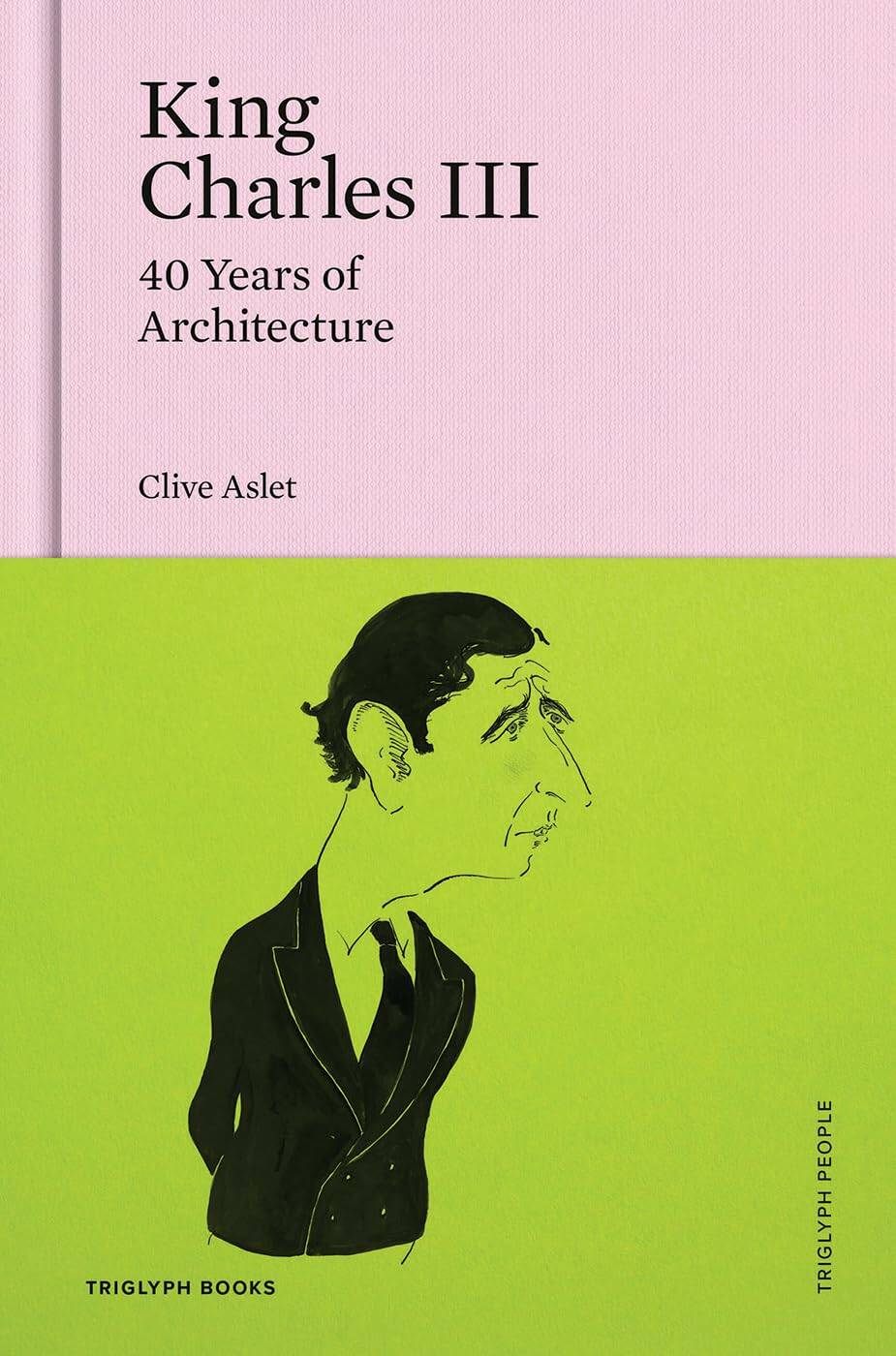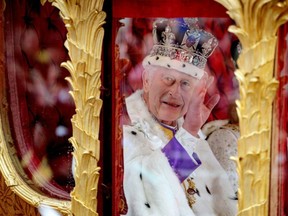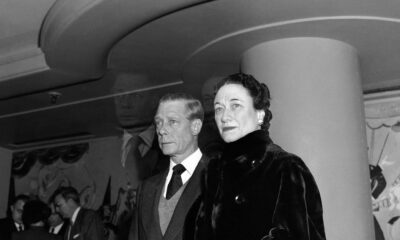Entertainment
King Charles III’s Architectural Passion Ignored in Public Discourse

Architectural criticism tends to overshadow the significant contributions of King Charles III to the field, according to British writer Clive Aslet, who explores this theme in his recent book. Aslet highlights the king’s enduring passion for architecture, which has often been overlooked in favor of more sensational aspects of his life, such as his tumultuous marriage to Princess Diana and his evolving relationship with Camilla.
In his book, King Charles III: 40 Years of Architecture, Aslet emphasizes how the king’s influence on design and urban planning deserves greater recognition. The book reveals that when Charles was still the Prince of Wales, he boldly criticized modern architectural projects that he believed detracted from the beauty of historic buildings. In a notable instance from 1984, he described a proposed extension to the National Gallery in London as resembling “a monstrous carbuncle on the face of a much-loved and elegant friend.” This critique not only captured public attention but also led to the abandonment of the initial design.
Aslet further details Charles’s commitment to traditional architectural styles, informed by a desire to harmonize modern designs with historical context. Despite his royal status, the king’s advocacy for architecture has often been dismissed, as media narratives frequently focus on his personal life rather than his professional interests.
Influence on Urban Development and Heritage Restoration
One of the most significant contributions of King Charles III lies in his role in the development of Poundbury, a model community in Cornwall. This innovative project combines traditional architecture with modern living, showcasing the king’s vision for sustainable urban environments. Aslet argues that Poundbury serves as a testament to Charles’s dedication to creating aesthetically pleasing and functional living spaces.
Additionally, Charles played a pivotal role in the restoration of Dumfries House in East Ayrshire. This project not only rejuvenated a historic estate but also sparked local economic revitalization by providing youth training opportunities in the area. Aslet illustrates how the king’s involvement in such initiatives demonstrates a broader commitment to community development through architecture.
Beyond the United Kingdom, Charles’s interest in architecture extends to his investments in Romania, specifically in Transylvania. He purchased two village properties as part of his preservation efforts for the region’s unique landscapes. The king’s rationale is rooted in a belief that this area represents “the last corner of Europe” where sustainable living practices can still be observed. He emphasizes the importance of protecting these ecosystems, stating, “There’s so much we can learn from it before it’s too late.”
A Complicated Legacy
The portrayal of King Charles III in Aslet’s book challenges prevalent perceptions of him as merely a figure of privilege and tradition. The author presents a nuanced image of a man who is deeply engaged with the architectural landscape and its implications for society. Through interviews with architects, critics, and academics, Aslet constructs a narrative that reflects the king’s genuine passion for design and the built environment.
While Aslet refrains from labeling Charles a “maverick,” his account certainly positions the king as a figure who diverges from the expectations commonly held about those in royal roles. The book seeks to elevate the discussion around Charles’s architectural endeavors, encouraging readers to appreciate the depth of his contributions that have been largely overshadowed by personal controversies.
As Aslet’s work illustrates, King Charles III’s legacy in architecture is an integral part of his identity, deserving of recognition and respect. His efforts in promoting traditional design and sustainable practices offer valuable insights into the future of urban planning and heritage conservation, making a compelling case for the king’s role as not just a monarch but also a steward of the environment and cultural history.
-

 Politics1 month ago
Politics1 month agoSecwepemc First Nation Seeks Aboriginal Title Over Kamloops Area
-

 World5 months ago
World5 months agoScientists Unearth Ancient Antarctic Ice to Unlock Climate Secrets
-

 Entertainment5 months ago
Entertainment5 months agoTrump and McCormick to Announce $70 Billion Energy Investments
-

 Science5 months ago
Science5 months agoFour Astronauts Return to Earth After International Space Station Mission
-

 Lifestyle5 months ago
Lifestyle5 months agoTransLink Launches Food Truck Program to Boost Revenue in Vancouver
-

 Technology3 months ago
Technology3 months agoApple Notes Enhances Functionality with Markdown Support in macOS 26
-

 Lifestyle3 months ago
Lifestyle3 months agoManitoba’s Burger Champion Shines Again Amid Dining Innovations
-

 Top Stories2 months ago
Top Stories2 months agoUrgent Update: Fatal Crash on Highway 99 Claims Life of Pitt Meadows Man
-

 Top Stories2 weeks ago
Top Stories2 weeks agoHomemade Houseboat ‘Neverlanding’ Captivates Lake Huron Voyagers
-

 Politics4 months ago
Politics4 months agoUkrainian Tennis Star Elina Svitolina Faces Death Threats Online
-

 Sports5 months ago
Sports5 months agoSearch Underway for Missing Hunter Amid Hokkaido Bear Emergency
-

 Politics5 months ago
Politics5 months agoCarney Engages First Nations Leaders at Development Law Summit





















